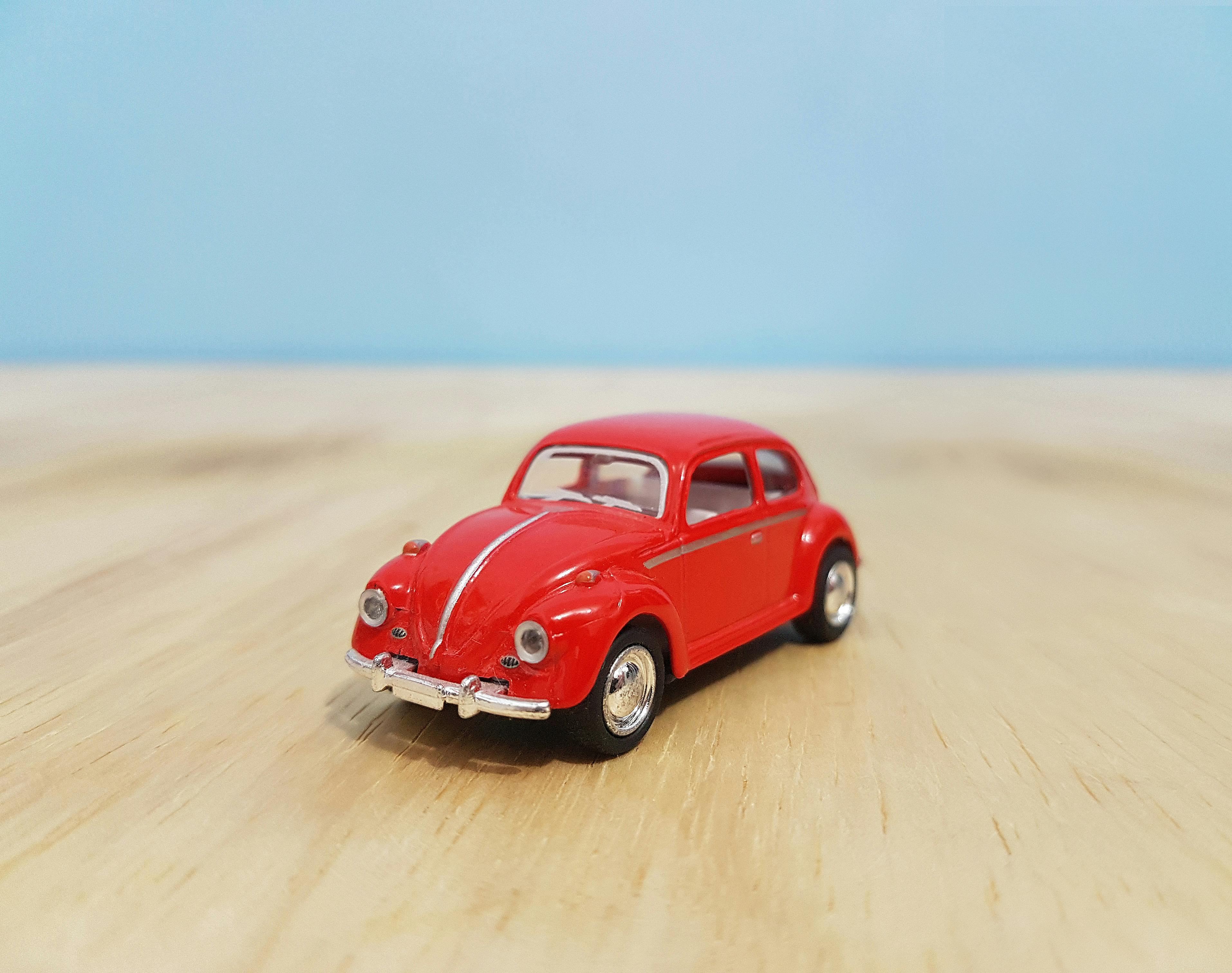Body repairs with sandblasting equipment:
A restore requires that you choose the method to use. To do this, you really need to categorize the restore levels.
Category One: Light to Medium Fixes
Mechanical repairs and repainting.
Basic mechanical work is done first to ensure the safety of the vehicle components. This followed by minor body work and finishing touch-ups.
Mechanical repairs with replacements and repainting
Some mechanical parts are replaced as needed. Little more detail is required on the bodywork.
Category Two – In-Depth Restoration
Similar to mechanical repairs with replacements with the deepest repainting. Vehicle disassembly is required to repair rust and corrosion on key parts. Items need to be cleaned, reconditioned, or replaced, such as drive train parts, suspension, and underbody parts. A close color match to the body is required and the trim may need to be replaced. Restored cars under this category are often pampered and not used on a daily basis.
Category three: right next to the assembly line
Restoration here involves making the car look like it was newly manufactured. Showroom quality. Body filler cannot be used on these restorations, as well as fiberglass body panels, except on some Corvettes.
Category Four – Exhibition Piece
This is the category of museum and it is not really applicable because they are the ones that are only found in Museums.
Arriving at the arena
Sandblasters are powered by compressed air and are either pressure or suction fed, which are the cheaper of the two. The only drawback, though, is that some of your energy goes into crafting the material; they do not require an expensive pressure tank. Pressure feeds require a pressurized tank, but they work extremely well.
Sandblasting is cost effective and messy. It should only be done outdoors. With the correct grade of sand, the results get you right into the metal and eliminate rust pits. It works effectively in other parts as well. Be sure to apply a flash rust treatment to prevent rust until you apply the primer.
The one thing to remember about sandblasting is not to overdo it. As soon as it hits the bare metal stop.
You can use silica sand for various other grades, just be sure to be careful what you use. For light touches, you can use English or ground walnut shells.
Siphon jets are much less expensive than pressure jets. Remember to remove hardware and trim before blasting and make sure you wear proper body protection and make sure you have a proper hood and gloves. However, a supplied air hood would be ideal.
Sandblasting can be extremely effective as long as the correct techniques, tools and materials are used in a safe environment. Many people are against sandblasting because of the damage it can cause. They’re right, it can work against you, but only if you go above and beyond what’s required. The whole key to success is stopping when you hit bare metal.
